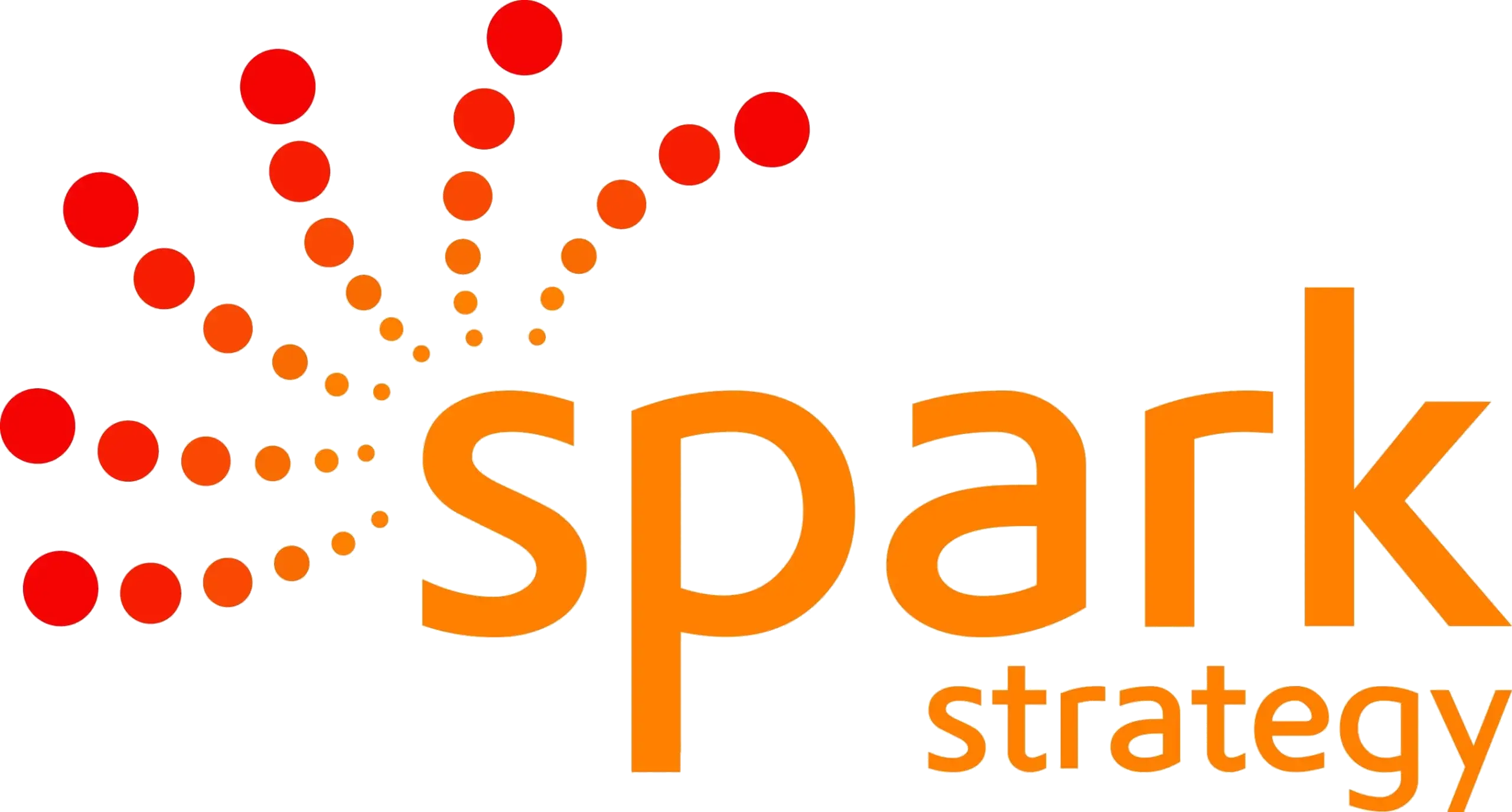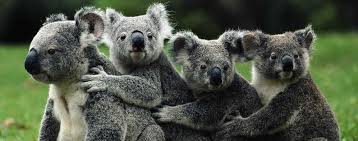Driving Conservation Through Strategic Planning: Koala Conservation Australia and The Koala Hospital Port Macquarie
The Port Macquarie Koala Hospital is Australia’s first dedicated koala‑only wildlife hospital. Since 1973, it has rescued, treated and released thousands of koalas. Behind every admission, every release and every public education session lies a simple framework: clarify belief, define purpose, set goals and agree scope. This is strategic planning in action—grounded, measurable and entirely focused on the koalas themselves.
Origins and Mission: Laying the Groundwork for Strategy
When Jean and Max Starr opened the first makeshift koala clinic in Port Macquarie in 1973, their focus was immediate: treat injured koalas and return them safely to the wild. From that garage‑based beginning, the organisation rapidly attracted community support and formalised as the Port Macquarie Koala Hospital – Australia’s first dedicated koala hospital and rehabilitation facility Koala Conservation Australia.
Why strategic planning mattered from Day 1
- Clarify purpose: Early strategy sessions defined the purpose: “rescue, treat, rehabilitate, research and release.”
- Align volunteers: With only three paid positions and over 170 volunteers, a simple yet clear operational plan ensured everyone understood priorities and procedures Discover Port Macquarie.
- Secure funding: A basic financial plan identified key revenue sources—donations, adoptions, bequests and kiosk sales—allowing sustainable operations.
This foundational planning created a shared vision and set up basic governance: volunteer rosters, intake protocols, and community fundraising campaigns
Strategic Planning for Redevelopment
In late 2024, the Hospital secured development approval for an $8.5 million upgrade to its facilities NBN News. This redevelopment is a textbook case of strategic planning in action.
The Redevelopment Plan clearly articulates:
- Enhanced animal care: New veterinary clinic, expanded ICU units, modernised rehabilitation yards.
- Visitor education: Interactive displays, safe viewing areas, expanded visitor centre.
- Operational efficiency: Improved logistics for food preparation, medical supplies and volunteer coordination.
Each objective ties back to the purpose: better care leads to higher release rates; engaging visitors builds long‑term community support.
Clarify Belief
At the heart of the Hospital is one belief: koala populations can recover if we organise our efforts around their real needs. That belief drives every discussion, every funding application and every volunteer briefing. It’s not an abstract mission statement—it’s a working assumption that informs:
- Why they collect data on injury causes (vehicle strikes, dog attacks, chlamydia).
- Why they map habitat corridors before planting food trees.
- Why they invest in community education rather than publicity stunts.
That belief keeps the team honest. When a new idea appears—say, a social media campaign to drive donations—we test it against the belief: “Will this help koalas recover?” If the answer is no, we scrap it.
Define Purpose
From that belief emerges purpose: to rescue, rehabilitate and return healthy koalas to the wild—and to prevent the injuries in the first place. Purpose sits between belief (“koalas can recover”) and goals (“treat 200 koalas this year”). It frames three core streams of work:
- Clinical care – triage, surgery, veterinary treatment, rehabilitation yards and release protocols.
- Breeding – program to help repopulate the region
- Restoration – habitat restoration, road‑crossing structures, community education.
Purpose stops them chasing side‑projects. If an initiative doesn’t advance care, breeding or prevention, it falls outside scope. That discipline means limited resources go exactly where they make a difference.
Set Goals
With belief and purpose locked in, they set specific, measurable goals. Each goal is tied to data collected daily by volunteers and staff. Monthly dashboards show progress. If hospital releases dip below target, we drill into causes—veterinary protocols, yard conditions or post‑release monitoring—and adjust.
Goals also guide budgeting. For example, to plant 20,000 trees by 2026, they know they need:
- $50,000 for seedlings and planting crews
- 500 volunteer‑days for maintenance
- Partnerships with three local landholders
That level of detail ensures fundraising asks are concrete (“we need $50,000 to plant 20,000 trees”) rather than vague.
Agree Scope
Finally, scope defines what they will—and won’t—do. In their plan, scope covers Port Macquarie region koalas only. It includes:
- Clinical operations at the Hospital site.
- Field work within a 50 km radius (habitat planting, monitoring).
- Education programs delivered in local schools, community centres and via our website.
Scope excludes:
- Broad marsupial rescue (possums, gliders) beyond koalas.
- Habitat projects outside our region.
- Research projects without immediate application to care or prevention.
Clear scope prevents mission creep. When a proposal arrives to treat wallabies, they refer it elsewhere. That focus ensures volunteer energy and donor funds stay directed at koalas.
Impact to Date
By sticking to belief, purpose, goals and scope, the Hospital has:
- Increased release success from 72% to 78% in two years.
- Planted over 12,000 koala food trees since 2023.
- Engaged 2,500 community members in workshops and school programs.
- Maintained 100% focus on koalas, avoiding distractions and maximising volunteer impact.
To learn more about Koala Conservation Australia’s impactful work, visit https://koalaconservationaustralia.org.au
Author: George Liacos
If you enjoy reading articles like this and want to be kept updated with our free resources, join our newsletter. We will send regular, informative and helpful content. Or if you want to hear about other organisations in the social sector that we have support, please click here.

